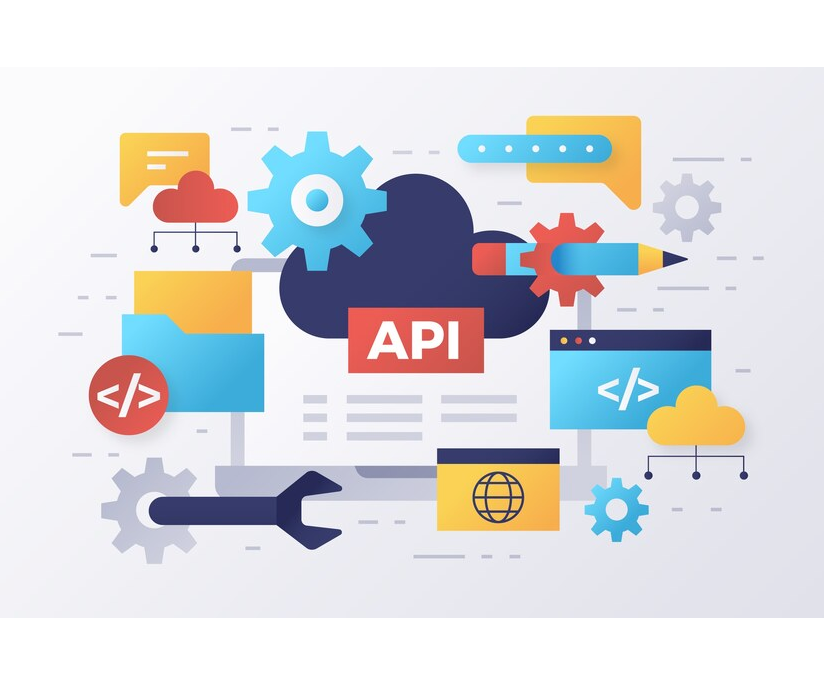
In today’s fast-paced digital landscape, APIs (Application Programming Interfaces) have become the backbone of seamless connectivity between applications, systems, and services. Developing and integrating APIs effectively is no longer optional—it’s essential for building scalable, agile, and future-ready solutions. This article explores best practices in API development, from designing clean, secure interfaces to ensuring robust integration across platforms. Whether you're enabling third-party access, connecting internal systems, or driving innovation through microservices, smart API strategies can significantly enhance performance, reduce development time, and future-proof your technology stack.
Key Function
1. Authentication & Authorization
Authentication is the process of verifying the identity of a client or user trying to access the API, often through methods like API keys, tokens, or OAuth. Once authenticated, Authorization determines what resources or endpoints the client is allowed to access and what actions they can perform. For example, after a user logs in and receives a token, the API checks the token to confirm the user’s identity (authentication), and then verifies if the user has permission to access a specific route or data (authorization). Both are essential to ensure secure and controlled access to API resources.
2. Data Transformation & Mapping
Data transformation and mapping are key processes in data integration and processing. Data transformation involves converting data from one format, structure, or value set to another to make it compatible with a target system or application—such as changing date formats, normalizing values, or aggregating data. Data mapping, on the other hand, is the process of linking fields from a source data structure to fields in a target structure, ensuring that the right data ends up in the right place. Together, these processes help ensure accurate and meaningful data exchange between systems.
3. Rate Limiting & Throttling
Rate limiting and throttling are techniques used to control the amount of traffic sent or received by a system, especially in APIs. Rate limiting sets a maximum number of requests a client can make within a specific time frame—for example, 100 requests per minute—to prevent overuse or abuse of resources. Throttling, on the other hand, is the act of deliberately slowing down the rate of requests once the limit is approached or exceeded, rather than blocking them entirely. These mechanisms help maintain performance, ensure fair usage, and protect systems from overload or attacks.
4. Error Handling & Logging
Error handling and logging are essential practices in building reliable and maintainable applications. Error handling involves detecting, managing, and responding to errors or exceptions that occur during program execution, ensuring the application can recover gracefully or provide meaningful feedback to the user. Logging is the process of recording events, errors, and other significant information during the application's runtime. Logs help developers monitor system behavior, troubleshoot issues, and analyze performance. Together, error handling and logging improve system stability, support debugging, and enhance overall user experience.
5. Version Control
Version Control is a system that manages changes to documents, code, or data over time, allowing users to track revisions, restore previous versions, and collaborate efficiently. It ensures that all updates are documented, reduces errors from conflicting edits, and helps maintain a clear history of changes. In software development, version control tools like Git, GitHub, or Bitbucket are widely used, while businesses may use document management systems with versioning features to manage files and records. This improves accountability, supports team collaboration, and ensures data integrity across projects.
6. Monitoring & Analytics
Monitoring & Analytics involves tracking key business activities and analyzing data to gain insights, improve decision-making, and optimize performance. This includes monitoring metrics like sales trends, inventory levels, customer behavior, and system performance in real time. Analytics tools help identify patterns, forecast demand, and uncover opportunities or inefficiencies. By leveraging dashboards and reports, businesses can make data-driven decisions that enhance operations and drive growth. Popular platforms like Google Analytics, Power BI, Zoho Analytics, and Tableau provide powerful tools for visualizing and interpreting business data effectively.
7. Documentation & Developer Support
Documentation & Developer Support provide essential resources to help developers effectively understand, integrate, and use a software system or platform. Comprehensive documentation includes API references, setup guides, tutorials, and troubleshooting steps, enabling faster development and fewer errors. Combined with responsive developer support—such as forums, help desks, or live chat—these tools ensure a smoother implementation process and ongoing technical assistance. Together, they help reduce development time, improve system integration, and enhance the overall user experience.




